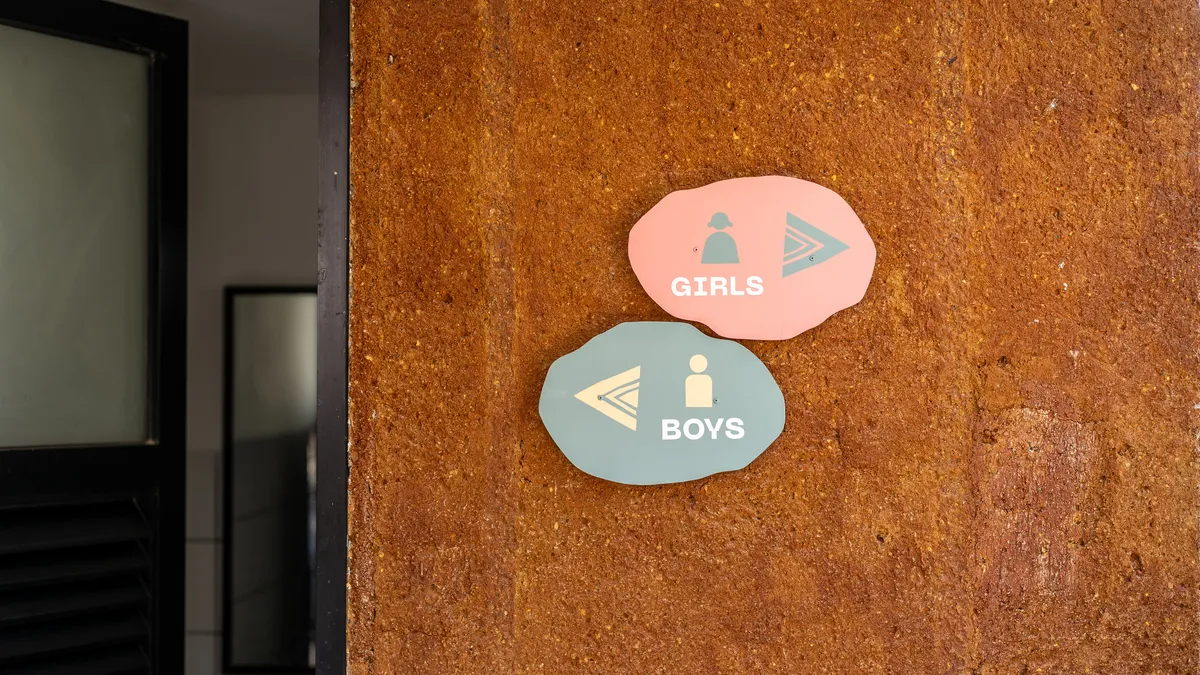Dive Brief:
-
The Ohio House passed an array of education bills ranging from charter protection laws to legislation on high school college credit and dropout rates.
-
The charter provision aims to stop failing charters from reopening under different names, requiring education management companies (or service providers) to get approval from statewide charter sponsors before they can operate in the state.
- These sponsors would also be responsible for checking out the school’s enrollment and finances before allowing state funding to move forward.
Dive Insight:
Right now, charter schools are only accountable to their authorizers (public bodies: typically universities, community colleges, and school districts). This new provision will shed light not just on the practices of the individual schools, but the separate management companies running them. Since many of those companies are non-profit or for-profit (but definitely not public), they are not subject to Freedom of Information Act requests, which is why some are able to get away with having opaque finances. This bill will give some oversight to the non-public bodies spending public dollars.
While Ohio is charter friendly, the state is wary of certain charter management companies and is probably passing this bill as a precaution. In 2011, the state sued White Hat Management for poor academic performance and nontransparent finances. Additionally, The Dispatch ran a story in January reporting that 17 Columbus charter schools closed during the 2013-2014 school year — nine of which were open only a few months. Those nine closed so quickly that it cost taxpayers $1.6 million, and five of those nine were operated by the same management company: North Central Ohio Educational Service Center.
Among other measures passed: A bill requiring almost all public universities to offer high school students opportunities to take college courses; a cost-effective way to allow high-school students to start pursuing college credit. The bill also requires districts, in the 2016-2017 school year, to identify at-risk students who may drop out and develop plans to help them graduate. Lastly, career-technical programs will be offered to students as early as seventh grade.











